-
Posts
256 -
Joined
-
Last visited
Content Type
Profiles
Forums
Blogs
Gallery
Events
Store
Posts posted by v.Perlet
-
-
Hello Deutschritter,
Johanniter and Malteser Orden is essentially the same thing. The Malteserorden deriving of the Johanniter Orden after fleeing to Malta in 1520- something, from Rhodos.
The Malteser Orden is Roman Catholic
The Johanniter Orden since resurrected in 1852 by Prussia is protestant.
Since he belonged to the catholic branch of Hohenzollern it would be a Malteser Orden.
Preussische Rote Adler Orden 1. kl,
Fürstlich Hohenzollernscher Hausorden Ehrenkreuz 1. kl,
Grossherzoglich Badische Hausorden d. Treue,
Grosskreuz des Königlich Rumänische Stern von Rumänien,
EK-II,
EK-I,
Fürstlich Hohenzollernscher Hausorden Ehrenkreuz 1. kl mit Schwertern,
Preussische Dienstauszeichnung 9 Jahre.
Bruststern Sächsischen Königreich Hausorden d. Rautenkrone,
Bayerisches MVO 4. kl mit Schwertern,
Sächsisches Albrecht Ordens Ritterkreuz 2. kl mit Schwertern,
Ehrenkreuz des Weltkrieges 1914-1918 mit Schwertern,
1939 Spange zum 1914 EK-II,
1939 Spange zum 1914 EK-I,
Kriegsabzeichen für die Marineartillerie.
Ungarische Ehrenmedaille des Weltkrieges 1914-1918 mit Schwertern,
Bulgarische Ehrenmedaille des Weltkrieges 1914-1918 mit Schwertern,
The fellow was a Christmas tree ?
Some interesting photos of the chap;
https://antique-photos.com/ru/maingalleryap/kruiser-emden-prince-hohenzollern.html
Regards
v.Perlet
0 -
14 hours ago, VtwinVince said:
More details on the cased example please.
in case you are referring to my posted photo;
Eisernes Kreuz, Ausgabe 1914. Großkreuz des Eisernen Kreuzes, Original-Exemplar (!), 65,9 (mit Öse) x 61,1 mm, die hohen Zargenteile zwischen ca. 4,0 und 4,7 mm dick, die Öse 5,9 mm breit, sehr fein gearbeiteter, geschwärzter Eisenkern
NACHLASS DES GENERALFELDMARSCHALLS AUGUST VON MACKENSEN (1849-1945)
PREUSSEN, KÖNIGREICH PREUSSEN (1701-1918)
Errata : Der Schätzpreis wird auf 10.000 € reduziert. The estimated value has been reduced to 10.000 €
Eisernes Kreuz, Ausgabe 1914. Großkreuz des Eisernen Kreuzes, Original-Exemplar (!), 65,9 (mit Öse) x 61,1 mm, die hohen Zargenteile zwischen ca. 4,0 und 4,7 mm dick, die Öse 5,9 mm breit, sehr fein gearbeiteter, geschwärzter Eisenkern von hoher Qualität, zweiteilige Silberzarge, im rechten Kreuzarm etwas geöffnet, die Krone auf dem Avers etwas angerostet, ohne jegliche Punzierung am originalen, konfektionierten und getragenen Halsband, im deutlich beschädigten Etui einer Nachfertigung. OEK22 1906.
IIDie ersten fünf Absätze der Anmerkungen (von S. 288 „Eindeutiges und einwandfreies . . . “ bis S. 290 „ Gutachten ausgefertigt werden.“ sind durch folgende Anmerkungen zu ersetzen:
Der Nachlaß des Generalfeldmarschalls August von Mackensen hat nach seinem Tod über seine drei Söhne verschiedene Wege genommen. Ein großer Teil davon ist in mehreren Etappen und über einen längeren Zeitraum aus der Familie an das Bundesarchiv - Militärarchiv Freiburg i. Br. gelangt.
Das hier angebotene Exemplar stammt definitiv aus dem direkten Nachlaß des Generalfeldmarschalls von Mackensen, wie auch die anderen mit dieser Provenienz angegeben Stücke dieser Auktion. Dafür garantiert das Haus Künker uneingeschränkt.
Sämtliche Recherchen, Prüfungen und Bildvergleiche wurden von unserem Hause mit größtmöglicher Sorgfalt durchgeführt, wobei eine große Anzahl an Fachliteratur zu Rate gezogen wurde, u. v. a. von Bowen (wohl 1. Auflage), Geißler (1. und 2. Auflage), Heyde, Klingbeil und Thies, Nimmergut (EK und Handbuch), Previtera (1. und 2. Auflage), Volle (WK1 und WGM) und von Wernitz und Simons, sowie auch zahlreiche Auktionskataloge.
Eine intensive mikroskopische Untersuchung durch einen ausgewiesenen numismatischen Experten in Guß- und Prägefragen hat ergeben, daß das hier angebotene Exemplar definitiv über einen gegossenen Eisenkern (bestätigt durch Röntgenfluoreszenz-Analyse) von hoher Anfertigungsqualität verfügt, da die Oberflächen der Buchstaben und Zahlen nicht die für eine Prägung typische Verdichtung aufweisen. Weder an den Kanten der Buchstaben/Zahlen, an den Übergängen der Buchstaben/Zahlen zum Feld oder in den Feldern selbst sind Prägemerkmale festzustellen.
Als Ergebnis unserer Nachforschungen kommen wir zu dem Schluß daß zwei in einzelnen Details unterschiedliche Ausführungstypen des Großkreuzes des Eisernen Kreuzes 1914 existieren:
Typ 1: Diesem Typ entsprechen das Stück aus der Sammlung Aurich (Heyde, Wernitz), das Kreuz von Hindenburg (Bowen), das Kreuz von Generalfeldmarschall von Mackensen in Freiburg (Previtera, Volle), das Kreuz von Prinz Leopold von Bayern (Bowen), und das Seymour-Kreuz (Thies).
Typ 2: Diesem Typ entsprechen das Stück von Kaiser Wilhelm II. auf Hohenzollern (Previtera) und unser hier angebotenes Kreuz von Generalfeldmarschall von Mackensen.
Nach unseren Recherchen kam das Großkreuz Kaiser Wilhelms II. am 2. Oktober 1950 aus Doorn an seinen heutigen Standort auf Burg Hohenzollern. Wie man uns von dort versicherte, ist das Stück mit Sicherheit nicht ausgetauscht worden. Konkret wurde auch bestätigt, daß das bei Previtera (1. Auflage S. 210 ff. 2. Aufl. S. 254 ff.) abgebildete Exemplar tatsächlich das Großkreuz des Eisernen Kreuzes aus dem Nachlaß Kaiser Wilhelms II. ist.
Das von uns hier angebotene Großkreuz des Eisernen Kreuzes aus dem Nachlaß des Generalfeldmarschalls August von Mackensen entspricht (mit Ausnahme der Punzierung) in der Ausführung aller Details und hinsichtlich der Verarbeitungsqualität dem auf Burg Hohenzollern aufbewahrten Exemplar von Kaiser Wilhelm II.
Aufgrund der Ergebnisse neuester Recherchen kann jedoch nicht mehr definitiv ausgesagt werden, ob es sich bei dem hier angebotenen Exemplar um das verliehene „Originalexemplar“ oder um eine zeitgenössische „Zweitanfertigung“ handelt.
In jedem Fall handelt es sich hier jedoch um das bisher einzige von einem Beliehenen getragene Großkreuz von 1914, das bisher in einer Auktion angeboten wurde.
The last two sentences state:
Due to latest research results it can't be definitely decided if the offered Grosskreuz is the original awarded order or a contemporary second production piece.
However, in any case it is the only Grosskreuz awarded in 1914, that was ever offered via an auction.
For how much this order was auctioned off in 2019 - I wouldn't know.
Regards
v.Perlet
0 -
Hello BlackcowboyBS,
I think matters are starting to get mixed up a bit.?
Karl Friedrich Ludwig Moritz Freiherr von Reitzenstein born 14.06.1793 in Tuerpatz, died 7.11.1846 in Karlshall near Magdeburg.
He was a Prussian Major General and Kommandeur of the 7th Landwehrbrigade.
He had 6-7 children;
One was Egmont Heinrich Wilhelm Friedrich Abraham von Reitzenstein
Born 16.11.1819 in Magdeburg, died 16.8.1900 in Berlin.
Egmont Heinrich was the Kommandeur of the 5th Westphalia Ulan Regiment and is the one pictured with his medal clasp on his right breast side.
The second photo I posted (wrongly assuming it might be Egmont's father) is,
Karl Bernhard Freiherr von Reitzenstein (born 18.05.1808 in Oberkotzau, died 15.11.1885 in Stuttgart. Retired as Lt.General, the picture I posted shows him as a Maj.General.
My question: what kind of fat frame Iron cross is he wearing?
A Ritterkreuz ? besides Adolf's period I would have to check up on that term.
Is Ritterkreuz something they had in the 1860's?
I know of a Komturkreuz, and Grosskreuz - but I am obviously not very familiar with Prussian orders.
Regards
v.Perlet
1 -
BTW, it is an MVO 3 Klasse, even though the box says 4 Klasse.
The sword tip is stamped 900
The Agraffe is stamped W&S 950
The framing of the bottom cross-arm is wider than the other framings
And some of the gold coating is still visible
Regards
v.Perlet
0 -
Thanks for all the info Deutschritter,
that about rounds up everything I had missing on Egmont v. Reitzenstein
Regards
v.Perlet
1 -
Thanks Dave Danner,
BTW what kind of Iron cross is this Generalmajor v. Reitzenstein wearing? (top row) the frame looks massive.
Regards
v.Perlet
7 hours ago, Deutschritter said:Thanks, Glenn, I am taking back "not so good", from now on I will use "terrible"! ?
he, he, I thought it was Saechsisch (Saxonian) ?
1 -
-
That's a beauty - i like these miniature chains
Regards
v.Perlet
0 -
The Grosskreuz was awarded 20 times - including 1 retraction, as such 19 awards
5 of them are during the Napoleonic wars
Leaves 9 for the Franco-Prussian war, and 5 for WW1.
It's simply not feasible that an original would turn up - unless placed on offer by one of the premium auctioneers with a clear indication/proof of the original wearer/recipient - all more or less high ranking officers or higher nobility.
The price would be IMHO not less then 20,000 euro taking the price of a Pour-le-Merit into account which in regards to number of awards, would gain the character of a supermarket item, compared to a Grosskreuz.
So, an original? well yes there are people that did win a 100 million in a lottery.
Regards
v.Perlet
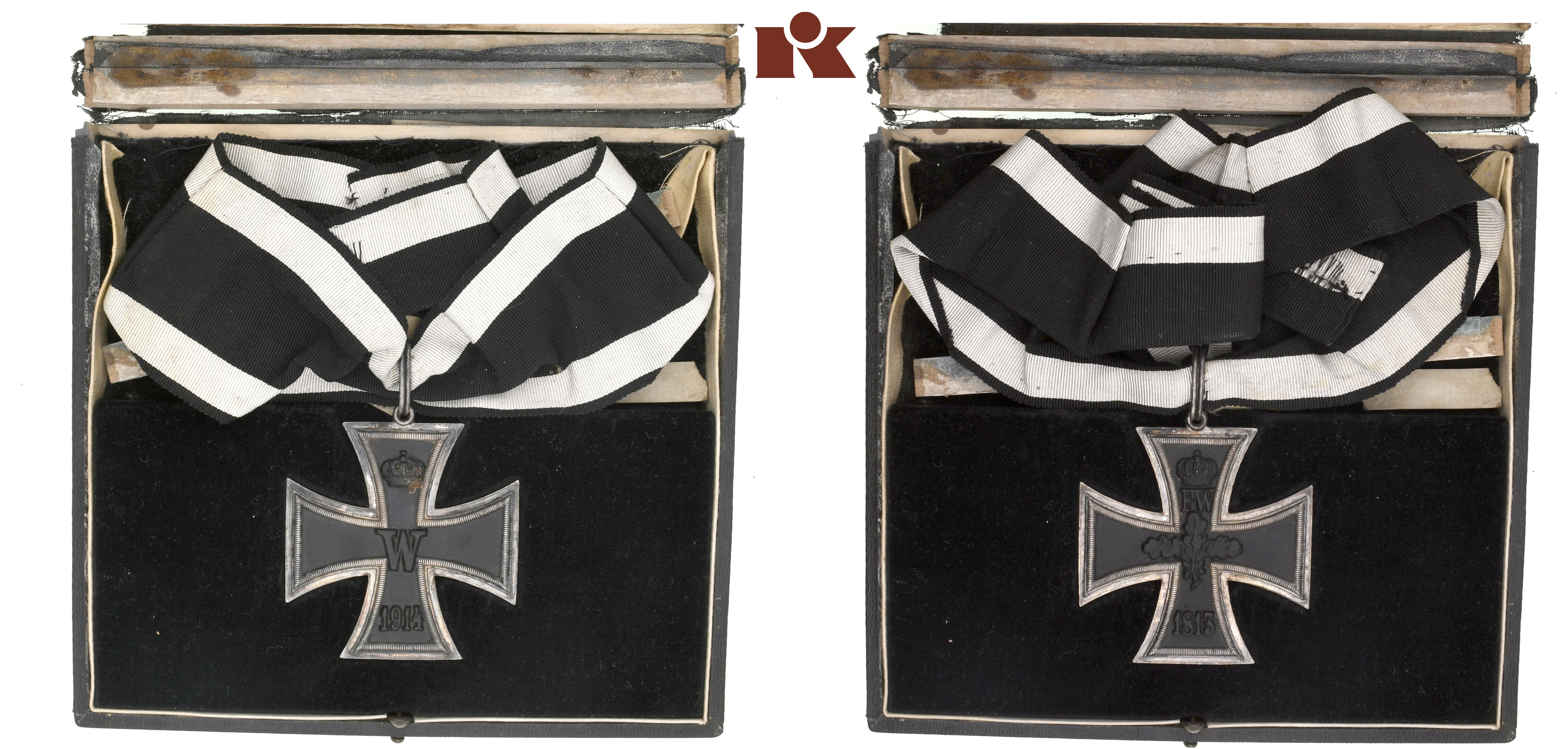
Auction 2019 - my price estimate seems to be quite okay
Regards
v.Perlet
0 -
Hello gents,
I am sure some of you are familiar with this photo. However I have not found information as to identifying him.
He is obviously a member of the German East-Asian-Korps
The shoulder boards seem to be that of a Leutnant
For my part I can’t visualize a unit number or marking
His trousers (I don’t know the English word/term) Seem to be that used by cavalry men due to the bootsole strap.
So no Regimental No. on the shoulder boards and Cavalry trousers seem to make him a member of the East-Asia–Cavalry detachment.
The two things that irk me are:
He looks far too old to be “just” a Leutnant
All the recipients of the Chinese Dragon Order that I am aware off, held at minimum the rank of a Hauptmann (Captain).
Judging from his interim mantel it is a photo taken 1902 or later, so he could well be a member of the German China Occupation troops.
I can’t find a section on the forum that is dedicated to German Imperial Colonial Troops or the Boxer rebellion and it isn’t my intention to derail Deutschritter’s thread. So any mod please feel free to help move this post to the respective topic/section.
Any information or knowledge to this Leutnant would be appreciated.
Regards
v.Perlet
0 -
-
hello Dave Danner,
would you have any info on the v. Reitzenstein, who was the Kommandeur of the Westphaelisches Ulanenregiment 5 in around 1860?
Regards
v.Perlet
that's the Gent in question
Oberst v. Reitzenstein
Help would be very much appreciated because then I could finally close the book on that chapter
0 -
Sorry my above posting isn't correct.
Please allow me to rephrase;
To my knowledge there are at least 4 v. Reitzensten participants in the 1900 China campaign.
Major v. Reitzenstein Ostasiat. Reiterregiment Preussen Gen. Stab
I am sure he is the Distanzritt, and Buren chap who then went to China with the Ostasien Corps
Oberleutnant v. Reitzenstein 4. Ostasien Regiment 1. Bay. Leibregiment
He is the same person that is also listed in another source as being in the 2nd. Ostasien Brigade
Hauptmann v. Reitzenstein Ostasien Feldart.Rgmt F.-R.7
He could be the Major v. Reitzenstein who shows up in 1904 as Kommandeur of the Feldartillerie unit in Deutsch Sued-West.
Lt. v. Reitzenstein Ostasien L.Mun.Kol. F.-R. 53
Albins youngest son would be too young to be the Lt. von Reitzenstein listed in the Ostasien L.Mun.Kol. but it could be one of his other 2 brothers.
Albins youngest son was Bodo v. Reitzenstein born 1885, he is the father of the SS members Bodo and Gert v. Reitzenstein
The v. Reitzenstein, who was the Kommandeur of the Westphaelisches Ulanenregiment 5 in around 1860 I haven’t been able to track down regarding his family branch. He could however be the father of the Major v. Reitzenstein (family branch also unknown) who had served in a Prussian Ulan regiment, then fighting for the Buren and later send to China in 1900.
But okay it is just a wild guess on my part.
0 -
Not sure about Feldartillerie or Fussartillerie - you know better.
A Hauptmann v. Reitzenstein you mentioned shows up as Hauptmann in 1904 as 2nd in Command of the Artillery detachment that took part in the Herero Aufstand.
The Major v. Reitzernstein in the East-Asia-Corps shows up as posted to Generalstab not an Artillery-unit - he seems to be the same Major that is mentioned in another script, where it says: he won a horse-race competition, requested leave from the Prussian army to join the Burenaufstand in SA, was punished with Festungshaft, however due to the Boxeraufstand he was released earlier and send to China. (the time-line would fit).
Checking onto the participant list of the East-Asia-Corps, it shows that there are three with that name. One Major, and two Leutnants. One of them could very well be one of the sons of Albin, since in another script its says that Albin was accompanied by his son who had also taken part in the Wusong episode.
I am not aware about a Hauptmann v. Reitzenstein serving in China - would you have a record or script?
Regards
v.Perlet
1 -
All 3 were given to me by a Chinese gent who held them in his possession since the 60's -70's, so certainly can't be from 2000. He has absolutely no reason to make up a story. I bought exactly the same ones on a flee-market in 2010, for 15c in total just to see if there would be differences - no absolutely not.
The fake ones they produce are exactly like the gold medallion you posted. Selling them for US$ 50-100
Who would be interested even in China, to fake stuff selling at 10c a piece?
Regards
v.Perlet
0 -
Have a look onto the three commemorative medallions - all original and from the flee-market.
1. Commemorative medallion in remembrance for Chines Hero in Battle around Shanghai 1936 Zhongming island or Baoding taken by Japanese forces in 1936.
2&(3) are commemorative medallions are in remembrance of the PLA liberating cities (Taiyuan) 1949 by the 60th infantry unit.
These medals were most likely produced and given in the 50/60's - which does not make them fakes.
War awards are almost impossible to come by and are a totally different caliber in size, choice of material and appearance.
Regards
v.Perlet
0 -
Hello JapanX,
don't quite agree with you. Since there are millions of these worthless commemorative medals around i wouldn't see the sense in starting to fake them.
I am sure that the Kuomintang medallion is an original - even though more or less worthless.
You can see that the ring doesn't match so someone took these billions of PRC clasps and added it on. Logically because a Kuomintang medal wouldn't come along with a PRC clasp.
Since the buyer was told its from the Korean war, well it isn't a war award and it has nothing do with the Korean war.
Regards
v.Perlet
0 -
Hello BlackcowboyBS,
no, actually I do, since displaying originals might also help collectors to gather some clues or indices as to what an original looks like - or is supposed to look like.
If Simius Rex should object to this, he is free to take out my post- no problem
Regards
v.Perlet
Hello BlackcowboyBS,
forgot to mention;
Look at the 1st post on this thread, an almost similar clasp from a 1870 veteran. Then take a close look at the crown displayed on the EK2 - you think its an original?
If Simius Rex should object to this, he is free to take out my post- no problem
Regards
v.Perlet
0 -
1 hour ago, Graf said:
Be careful of patina/dust Many fakers know how to get them easy Also the rust Remember old rust is always dark brown New one is bright orange.
Thanks, yes I am aware about these faker features or "abilities".
But once I run into those shiny and clean awards and perfect backcloth clasps, the alarm bells start to ring.
Regards
v.Perlet
1 hour ago, Graf said:0 -
In case you might not be aware, he is listed as Regimentskommandeur,
31.05.1912 - 24.12.1914: von Reitzenstein
https://genwiki.genealogy.net/FAR_7
Regards
v.Perlet
0 -
Hello Deutschritter,
thanks a lot for that link - very appreciated.
maybe now 'finally" I will be able to trace down the respective family-branches of certain v.Reitzensteins
Since those two different Maj. Reitzenstein's that served in China always drove/drive me nuts.
if I can find something about the Westfälisches Festungs-Artillerie-Regiment Nr. 7, I will let you know.
Regards
v.Perlet
1 -
Hello Graf,
yes I think that was me asking for displaying "originals" alongside "fakes"
What always surprises me is this "yesterdays condition" on items that are actually a 100 - 150 years old.
All the EK1 shown so far display this - especially those marked KSMT/DRGM do collectors polish them like every week? There is no dust like residue on them and the welding/soldering doesn't leave a trace.
Same question to me applies towards the back cloth of medal clasps - usually also in a yesterdays condition.
Those are an EK1 (KO) and a 1870 clasp from my collection - they are clearly not polished up, at maximum I wipe them from dust one or twice a year.
0 -
43 minutes ago, BlackcowboyBS said:
I think, that we are starting to compare apples with pears now. If somebody offers a rare order on ebay and claims that he has found it in the in a hidden drawer of the desk of his grandpa that died recently and he wants to sell it. A collector is reading it and thinks to himself: man this guy really doesn't know what treasure he has and buys it because he is greedy, then I would go along with the people saying: Sorry guy your own fault, but if you can't tell a cast from a coinage then this is your own stupidity.
But if a collector is buying from an auction house or an antique shop he can at least put some faith in the experience of this seller. The seller has a trade licence and is bound to sell stuff with some characteristics like originalitiy, right material, properly working, etc ... So some kind of trust should be there and therefor the seller must do all he can to fullfill this to the best of his knowledge. As we all know, that this world is not perfect and nobody else isn't either, a serious collector should do all the best he can do minimize chances of being folded by sellers, as this can allways happen.
But the blame lies fully on the seller, if the buyer can proof him wrong in front of a court. In German we have the wonderfull word: Sorgfaltspflicht which could be translated into due diligance. If a seller is transgressing his due diligance then he can be put in front of a court.
Sorry but this issue is starting to turn in circles.
Sorgfaltspflicht in Germany does not apply towards Garantiebestimmungen (guarantee regulations) It's an entirely different issue. E.g. The employer has a Sorgfaltsplicht toward his employees - e.g. protect non-smokers, or the applicant has a Sorgfaltspflicht towards his resume (this is about correct dates and not about faking ones CV qualifications or line of jobs). which is termed Betrug or Fraud.
Anyhow, the Terms of business are stated on any company site (by law) also including the issue of guarantees.
Nobody doubts that someone will put a greater trust into a person or institute that "guarantees" than one that doesn't. If you can proof that e.g. an auction house gave deliberate false information - you can sue them and they will be punished by law. However in reality the auction house will forward that one of its employees did not perform his task diligently - they are very very sorry and will make up for it.
So again if you have been cheated then there are ways to get your money back.
But isn't the issue more about not getting a fake in the first place?
Regards
v.Perlet
0 -
4 hours ago, CollectorInTheUSA said:
What I am disagreeing with, is "victim shaming" which is blaming the victims, for the actions of the criminals. I see that a lot on collector forums, with people saying "it's your fault if you buy a fake". That's a load of rubbish.
I fully understand as to why you are kind of aggravated. Off course no one is looking forward to finding out that he/she bought a fake. If it has happened, well you already pointed out correctly as to what to do.
However I also fully understand as to why in the USA, the OEM e.g. Porsche was instructed to add a special notice towards buyers, informing them that they need to be aware of the cars tremendous acceleration. Due to accidents happening as to where the justification of the driver was; it wasn't my fault-I had no idea about the cars power, I hit the accelerator pedal and the car shot out from the dealerships compound into the main-road crashing into other cars.
Don't get me wrong please, but I personally wouldn't want to live in a world that is spiked with laws in order to protect the buyer/customer from using his common sense in all walks of life towards liability. No personal offense meant!!
Regards
v.Perlet
4 hours ago, CollectorInTheUSA said:0



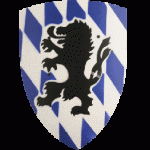
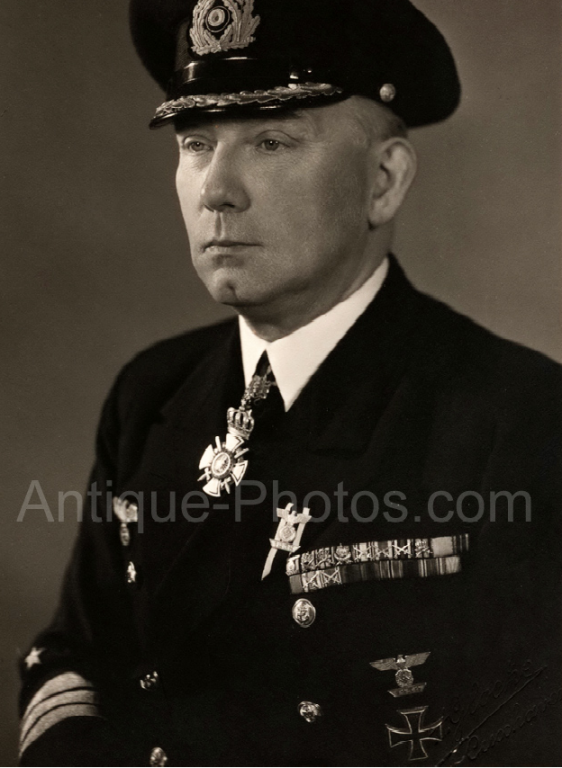
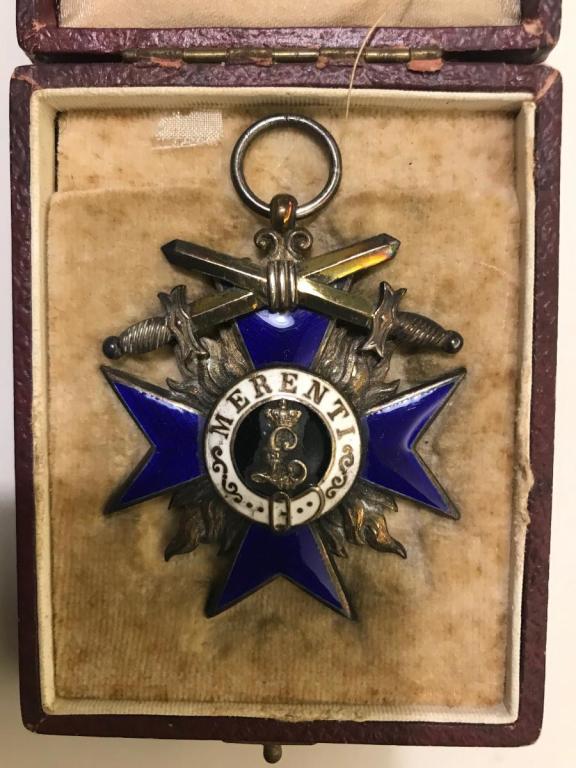
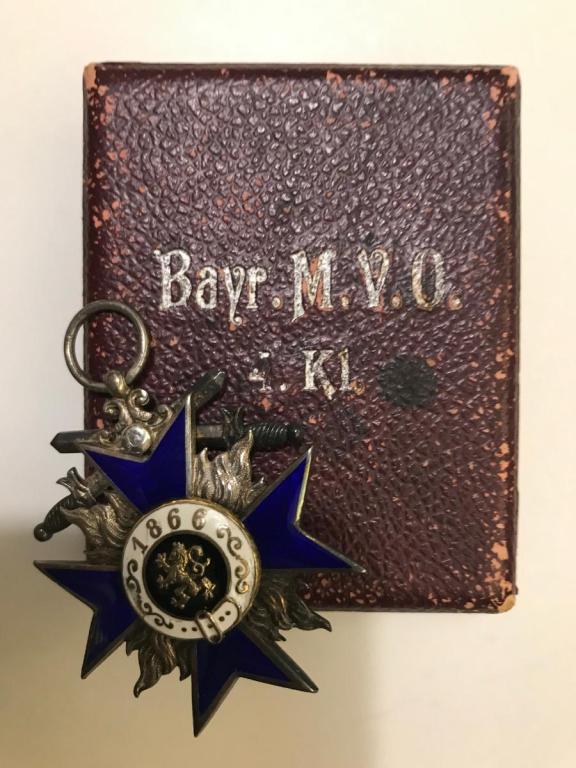

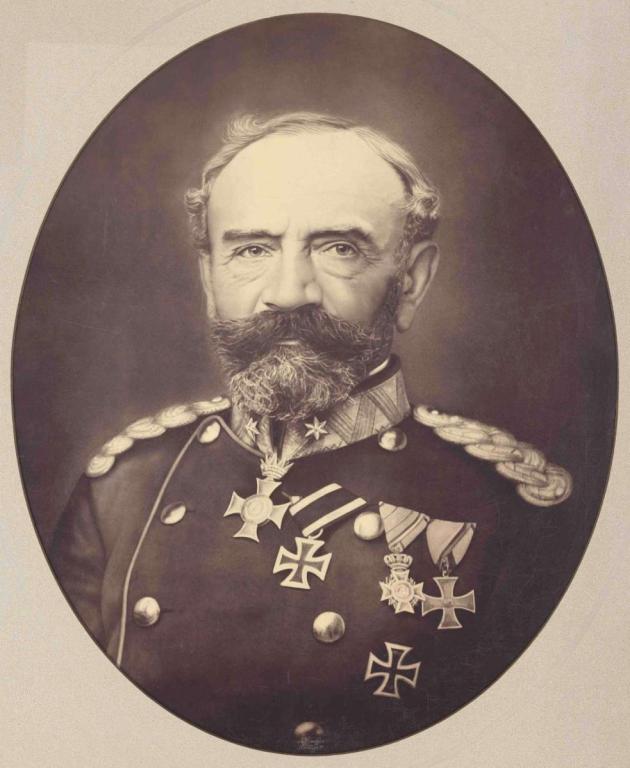
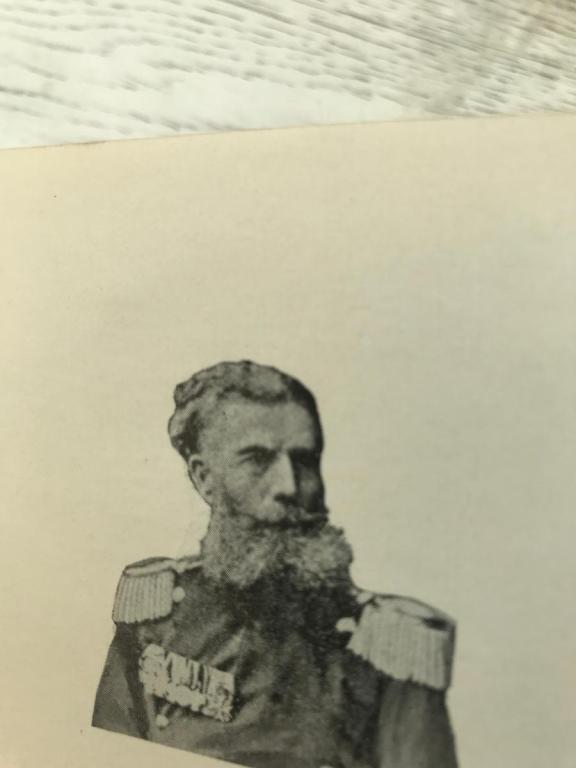

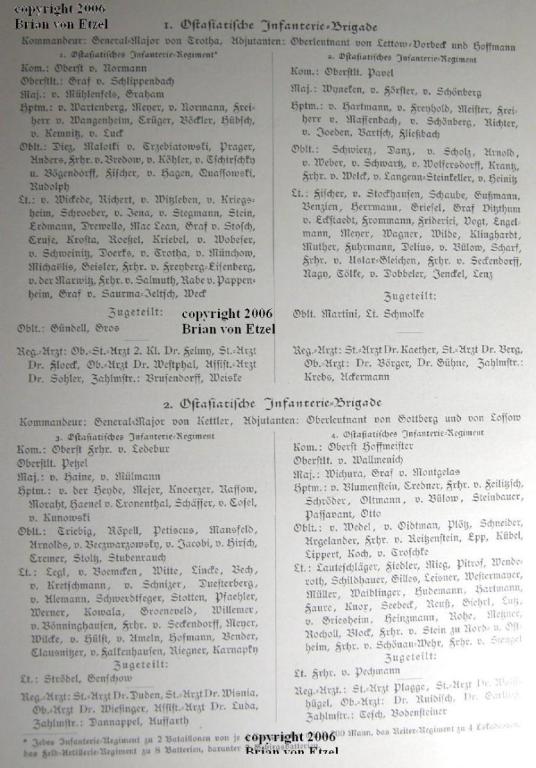



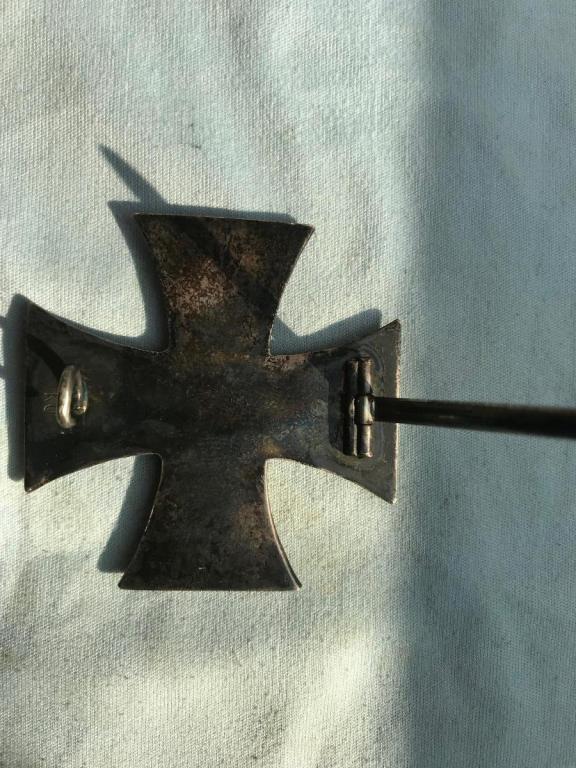
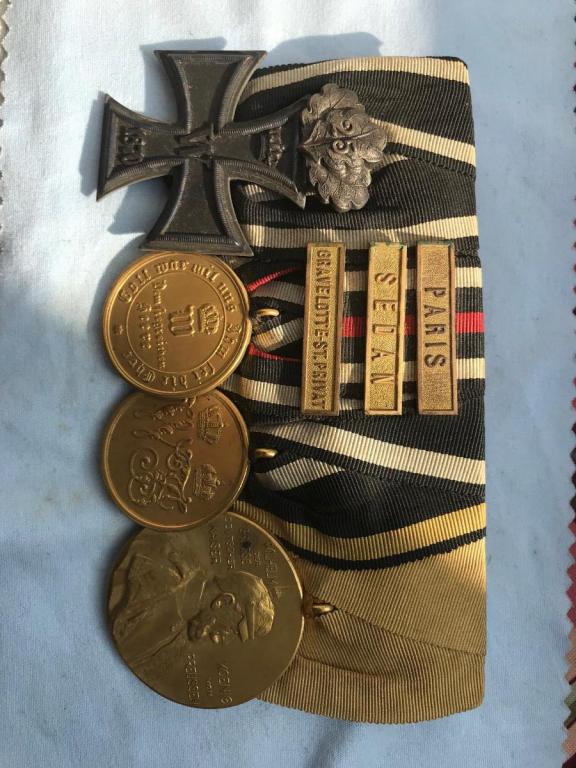

Best Bavarian MVO4?
in Germany: Imperial: The Orders, Decorations and Medals of The Imperial German States
Posted
Hello sachaw,
for the moment I would disagree with your assessment - which is based only on the issue that W&S did not manufacture MVO 3 Klasse. Would you have a link to where and who says so?
I bought it some 20 years ago, and it was offered as an MVO 4.Klasse.
Maybe it is an MVO 4.Klasse - which would be fine with me.
However;
The bottom crossarm frame is wider then the others - clearly thee distinctive sign for an MVO 3.Klasse
It is made of silver and I assume due to the visible residue, that it was gold plated/coated.
The stamps 900 sword, and 950 for the Agraffe are correct.
There are 2 versions of the MVO 3 Klasse, 1. being in gold, and 2. being silver and gold plated/coated
Most convincing to me is that the weight of my MVO is 26.7g - according to several auction houses and literature
the weight for an MVO 3.Klasse with swords is given as 26.5g
A MVO 4. Klasse with swords only weighs 21.5g
So I can't see a way that someone took e.g. a MVO 4 and converted it via whatever to a Klasse 3.
So lets see what it turns out to be. ?
Regards
v.Perlet